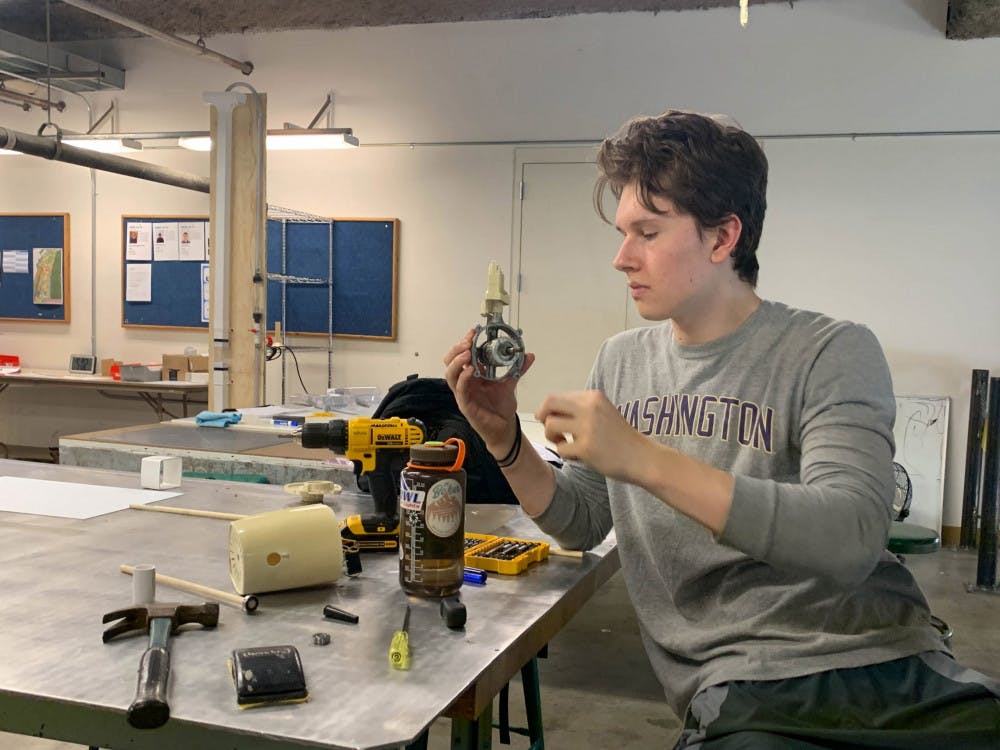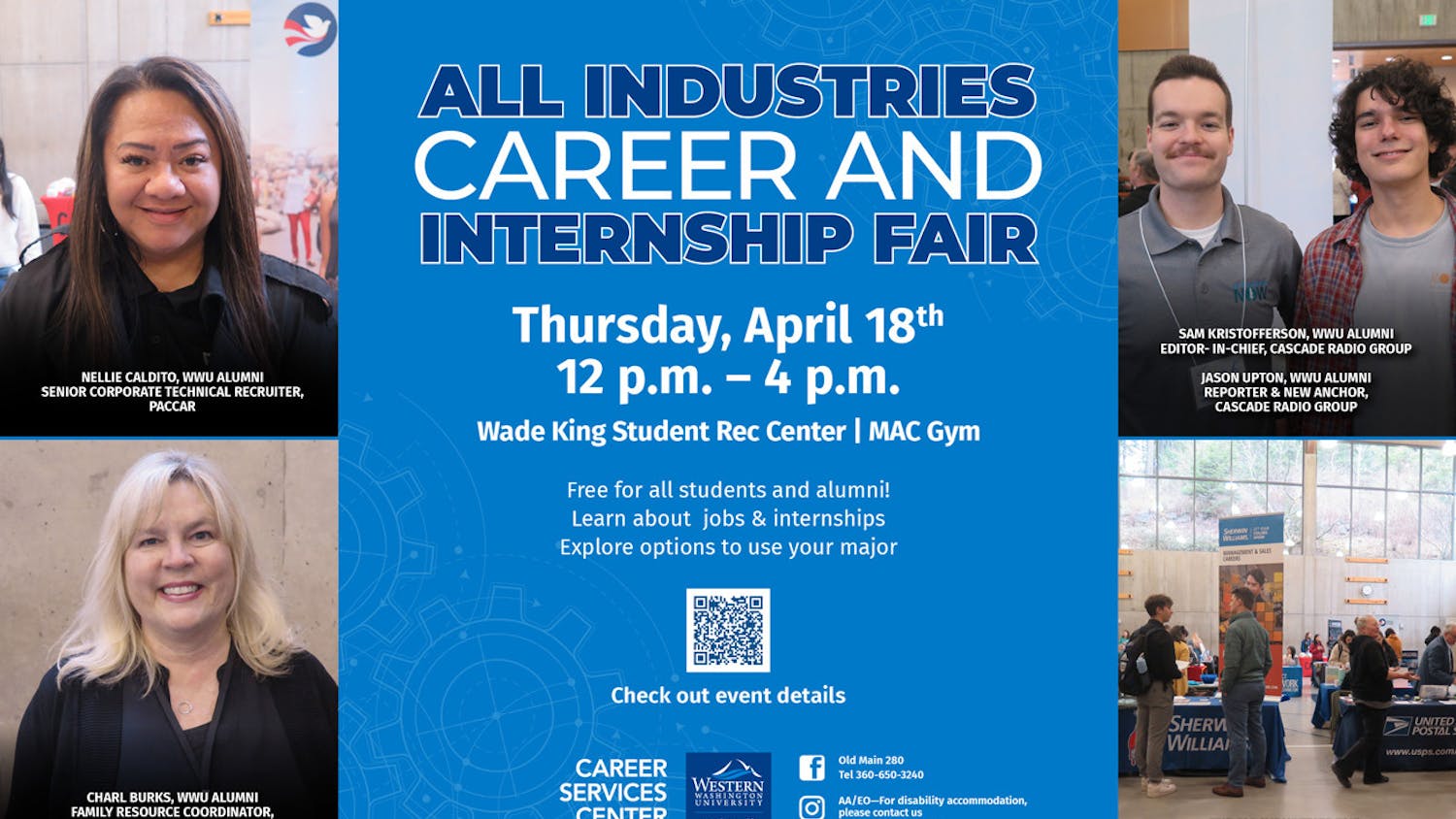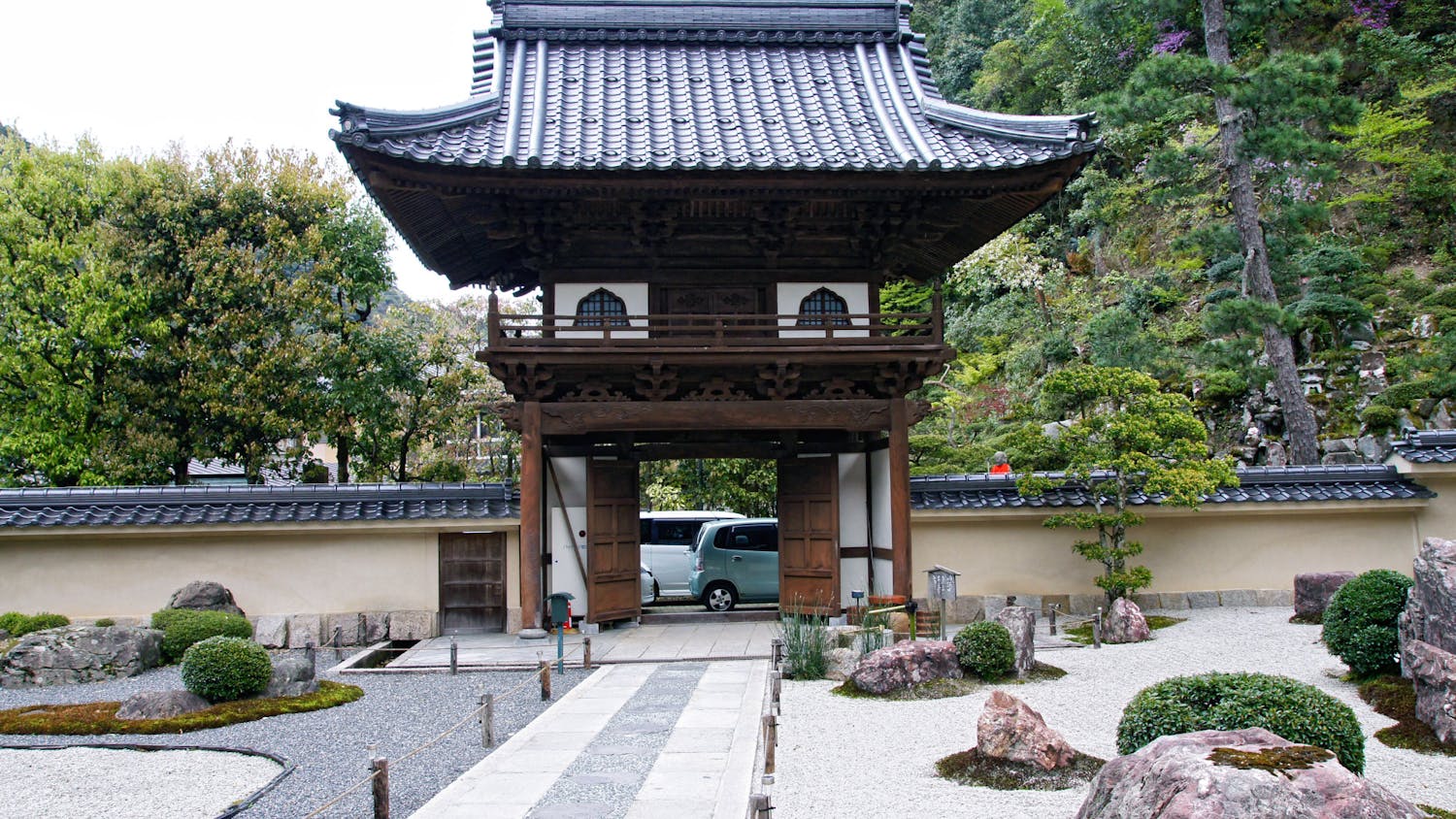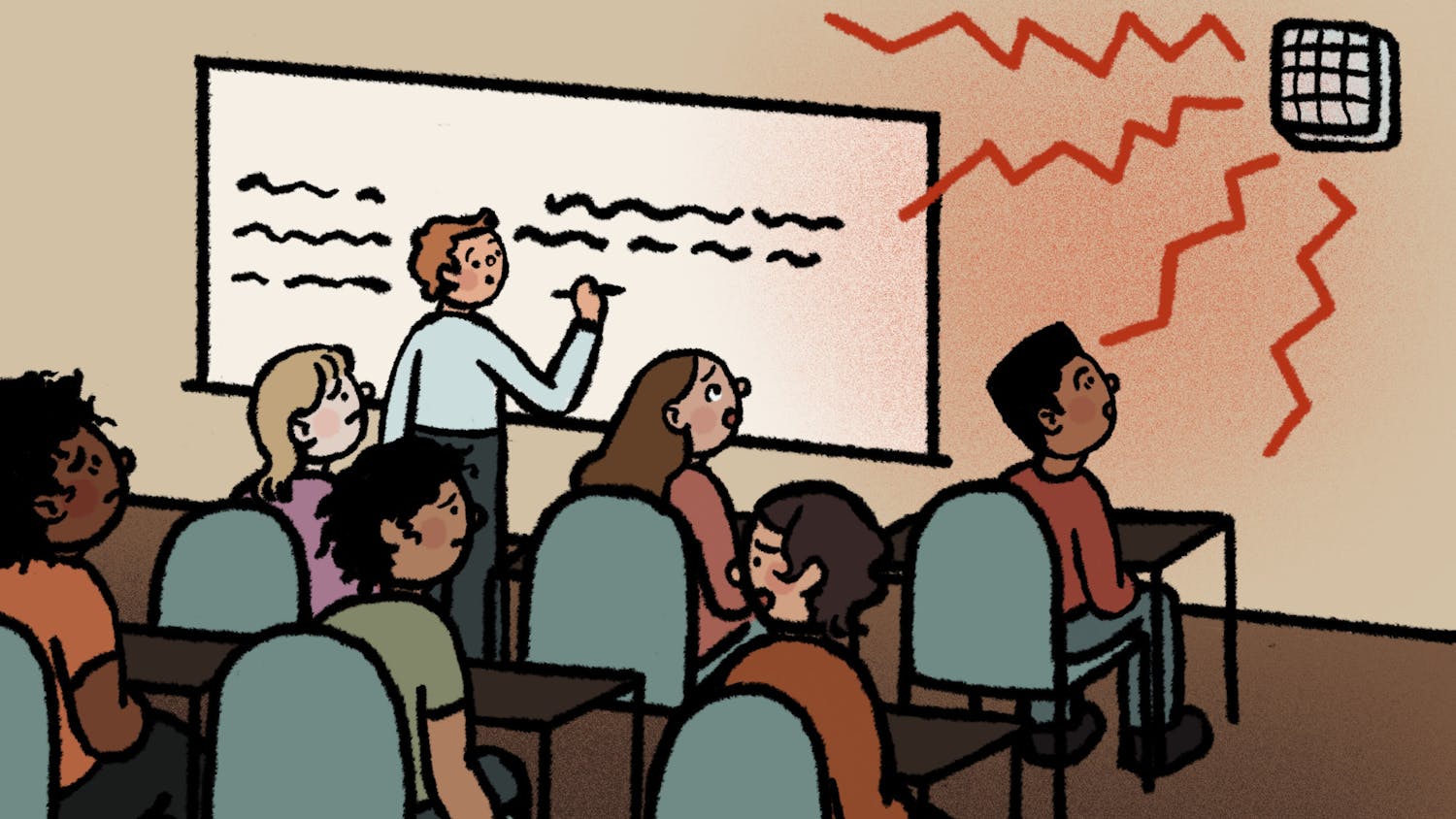
By Calvin Lowe
Jill Davishahl, the director of Pre-Engineering Program Development, introduced the Makerspace last quarter to help aspiring engineers.
Makerspace is the unofficial title of the collaborative student work space in the Ross Engineering Technology building. A makerspace is a room in which people come to work on projects and exchange knowledge and ideas.
Davishahl said this is the first makerspace on campus, and her hope is that it will encourage other departments and programs to open additional makerspaces.
“The purpose of the Makerspace is to provide some pre-major students with a place to work on projects, connect with their peers and to help develop their sense of connection to the department earlier in their academic career,” Davishahl said.
Natalie Sturdy, a third-year and teaching assistant for the Engineering 104 course, Introduction to Engineering and Design, said as a first-year, the facilities seemed intimidating and overwhelming, despite how welcoming the people were.
Though the Makerspace was designed to support the Engineering 104 class, it is opening up to all students in the Department of Engineering and Design, Davishahl said.
Davishahl said that research shows that makerspaces are not inherently inclusive. One of her goals is to create an inclusive “makerspace culture” at Western, where students can feel comfortable in engaging in activities, Davishahl said.
“That starts at the pre-major and, and also extends to students who aren't sure if they want to be engineers,” Davishahl said. “We're looking at reaching out to students in other STEM majors.”
Regarding other makerspaces in Bellingham, specifically The Foundry, Sturdy said that in some ways, she did not feel as included.
“While the staff at The Foundry were diverse, inclusive, helpful and friendly, there were times when I felt like other members assumed that I had less experience because of my age and gender,” Sturdy said.
Victor Manuel Hurtado-Ruiz, a fourth-year and teaching assistant for Engineering 104, said the Makerspace at Western is inclusive and diverse.
“No matter what background you come from, whether it's a different major, field of study, your ethnic or religious [background] or sexuality, none of that matters,” he said. “At the end of the day, we want to teach you what engineering is really about: bringing together these different ideas to create a better and brighter future.”
Also a teaching assistant for Engineering 104, Dylan Willis, a third-year, said TAs supervise the Makerspace and help students with their projects, Willis said.
“I see it as like a collaborative work environment where students can come together and get the resources and help that they need,” Willis said. “Whether it's a school project for an engineering class, or whether it's a personal project that they're interested in.”
Students have also worked on personal projects in the Makerspace, such as a ring and a Valentine’s Day gift, Willis said.
“In the past, teams have always done their homework at home as a small group of three or four students and not really engage with any of the other teams in the class,” Willis said. “Having that all centralized in one location really creates a lot of cross-team communication and really interesting collaboration."
Willis said he and his group from the Engineering 104 class would work in his dorm room or on the tables in the lounge in the Ross Engineering Technology building.
During Hurtado-Ruiz’s time taking Engineering 104, he said it didn’t feel like a design class.
“At the end of the day, you were just in a classroom,” Hurtado-Ruiz said. “You work from home, find another classroom to work in, and you had to find your own materials.”
Liam Johnston, a peer mentor, said he and the other TAs will plan on introducing projects that will foster a sense of community amongst students that come in and want something to do.
“Last quarter I have some very fond memories of just being able to come in here and have everybody like working. Being able to provide my input on different projects and seeing them,” Willis said.
Last spring, Western gave Davishahl the University Research Scholarly and Creative Activities grant to help pay for student staffing and equipment. The department uses the funds to supply the Makerspace with tools such as sheers, screwdrivers, cordless hand drills, soldering tools, heat guns and more.
Hurtado-Ruiz said he grew up in a family who struggled financially in the past, so having to buy materials for an assignment was a burden.
“Having the Makerspace with free materials and free tools to use opens up for more students to be free to create better projects and better designs,” Hurtado-Ruiz said.
Next year, Davishahl hopes to obtain a 3-D printer, laser cutter and a vinyl cutter. She envisions the 3-D printer to be a training printer to teach people how to use it.
Corrections were made to reflect accurate academic department and class names, and includes a new statement by Davishahl regarding Makerspace accessibility.





